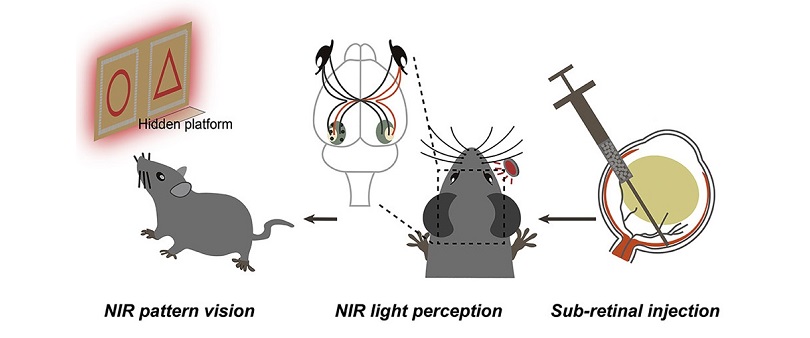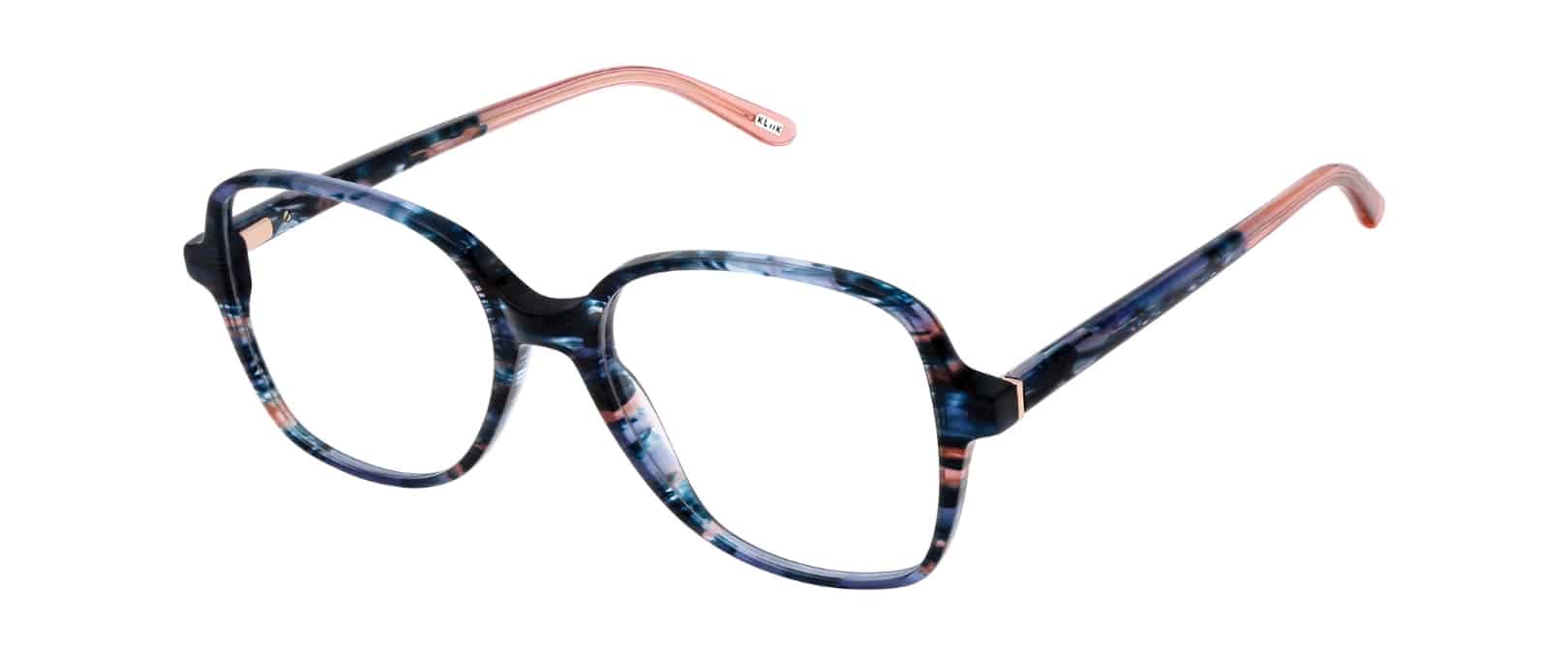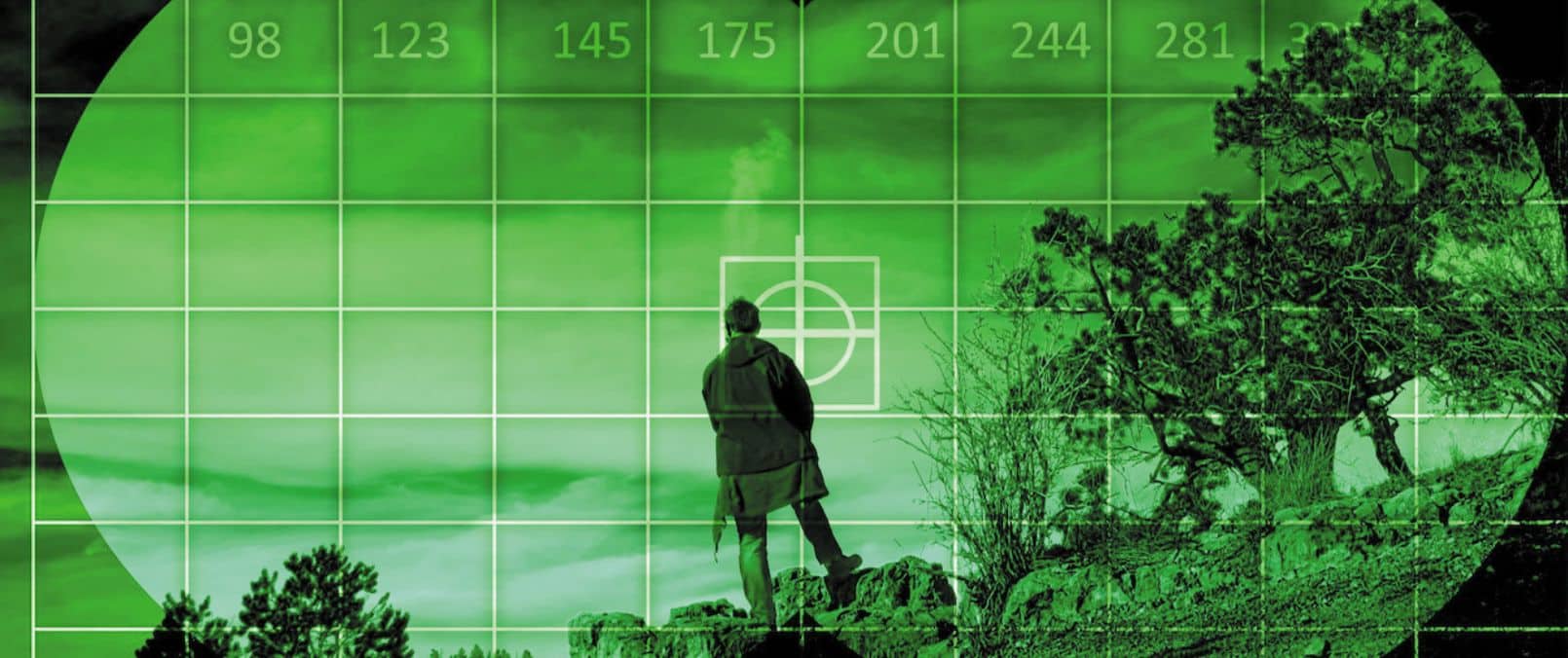Injected Nanoparticles Allow Mice to See in Near-IR
Thursday, March 14 2019 | 05 h 34 min | Vision Science
Researchers at the University of Science and Technology China (USTC) in Hefei figured out how to allow mice to see in infrared by injecting the rodents’ eyes with nanoparticles.
The nanoparticles would bind to the animals’ retinal photoreceptors and function as near-infrared transducers, essentially self-powered nanoantennae. Using single-photoreceptor recordings, electroretinograms, cortical recordings, and visual behavioural tests, they determined that the mice were able to perceive near-infrared light.
Not only that, but they were also able to distinguish sophisticated shape patterns in near-infrared, even when the patterns were transmitted in ambient daylight conditions. This is a problem for many existing night-vision devices, which quickly get saturated by even low levels of ambient light. However, the mice were able to follow patterns projected in near-IR to find hidden platforms even in the presence of visible light shape patterns and to use patterns in visible and near-IR simultaneously.
The particles work by converting light in the near-infrared area of the electromagnetic spectrum (with a wavelength around 980 nanometres) to a wavelength of 530 nm, which mammalian eyes can see very well, and would be perceived by humans as green. The nanoparticles were coated with a chemical that allowed them to bind to photoreceptors and administered via sub-retinal injection.
“This approach offers several advantages over the currently used optoelectronic devices, such as no need for any external energy supply, and is compatible with other human activities,” the study authors said. “It is important to note that these injected nanoantennae did not interfere with natural visible light vision.”








